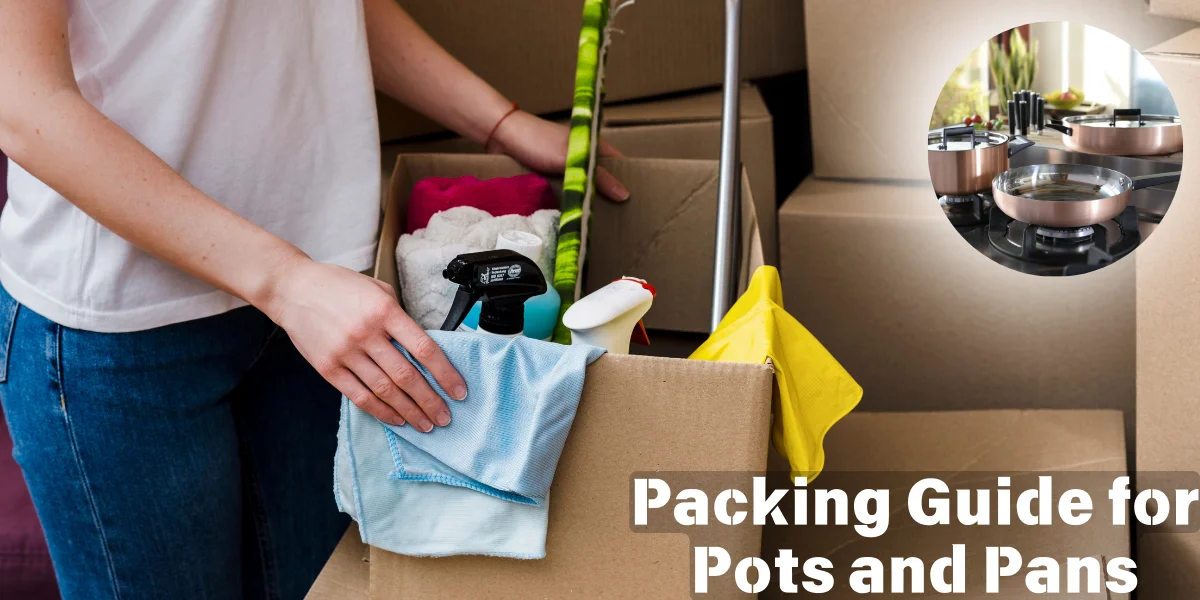
Are you gearing up for a move to a new home? Among all the items you need to pack, your pots and pans deserve special attention. It’s essential to ensure these kitchen essentials are properly packed to prevent damage during transportation. In this blog, we present a comprehensive guide on how to pack pots and pans for moving.
Whether you’re a seasoned mover or facing your first relocation, our step-by-step tips will help you safeguard your kitchen treasures and make your moving experience a smooth one.
Say goodbye to worries and hello to a well-packed kitchen! Let’s dive in and master the art of packing pots and pans for a stress-free move.
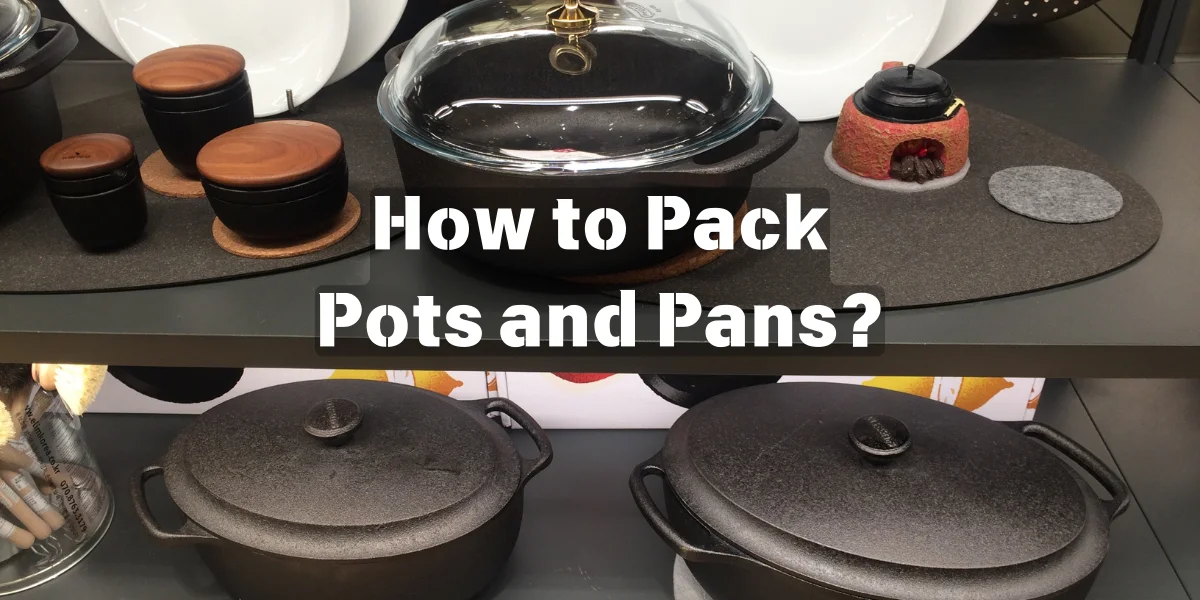
Moving can be a stressful time, but it doesn’t have to be. By packing your pots and pans properly, you can help ensure that they arrive at your new home in one piece.
Here are some tips on how to pack pots and pans for moving:
Before you begin packing your pots and pans, it’s crucial to gather the necessary materials to ensure their protection during the move. You’ll need:
Before packing, ensure your pots and pans are thoroughly cleaned and free from any grease or food residues. Cleaning pots and pans beforehand will prevent stains and unpleasant odours during the move.
Once cleaned, organize your kitchenware by size and shape. This will not only make packing more efficient but also make unpacking and arranging them in your new kitchen easier.
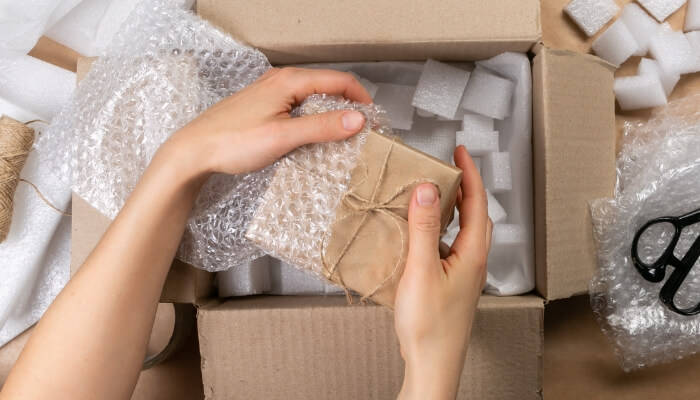
To safeguard your pots and pans from damage, wrap fragile elements carefully with packing paper or bubble wrap. For delicate items like non-stick pans or ceramic cookware, consider using extra layers of wrapping for added protection. This step is crucial in ensuring that your kitchen essentials arrive at your new home in pristine condition.
If your pots and pans are designed to nest within each other, take advantage of this feature. By stacking them inside one another with a layer of packing paper or cloth between each piece, you’ll save space and provide an additional layer of protection against scratches and impacts.
One of the keys to successfully moving pots and pans is to ensure that the boxes are sturdy enough to withstand the journey. Reinforce the boxes with packing tape, paying extra attention to the bottom seams, corners, and handles.
Double-taping the bottom will provide additional strength and minimize the risk of boxes giving way under the weight of your kitchenware.
Consider using cardboard dividers to create individual compartments within the box. This will keep pots and pans from bumping into each other during transportation, reducing the risk of damage. Dividers are especially useful for separating fragile items and preventing unnecessary movement within the box.
When loading the boxes with your wrapped pots and pans, place the heavier and sturdier items at the bottom. This distribution will ensure that the weight is well-balanced, minimizing any potential shifting during transit.
Additionally, strategically arranging your kitchenware will make unpacking easier when you arrive at your new home.
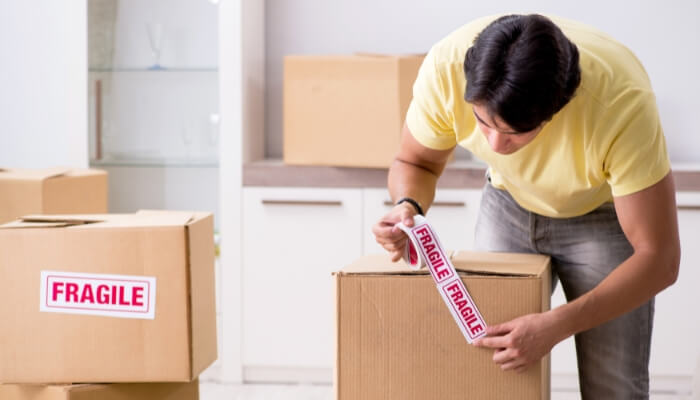
Don’t underestimate the importance of labelling your boxes correctly. Clearly mark the boxes containing your pots and pans as “Kitchen – Fragile” or “Pots and Pans,” along with an arrow indicating the upright position.
Proper labelling will alert movers to handle the boxes with care and place them in the appropriate spot in your new kitchen.
Knowing how to pack pots and pans for moving is of paramount importance for several reasons:
Pots and pans are valuable kitchen essentials, and any damage during the move can be frustrating and costly. Proper packing techniques protect them from scratches, dents, and breakage, ensuring they arrive in your new home in good condition. Avoiding damage means you won’t have to spend money on replacements, allowing you to focus on settling into your new space.
Efficiently packing pots and pans helps maximize space in the moving boxes. Properly nested or organized items reduce the number of boxes needed, saving on moving expenses and making the process more manageable. Utilizing space effectively also means you can transport more items in a single trip.
Knowing how to pack pots and pans in a structured manner makes unpacking much more straightforward. Properly labelled boxes and strategic packing ensure you can easily locate and arrange your kitchenware in your new kitchen, helping you settle in quickly and comfortably.
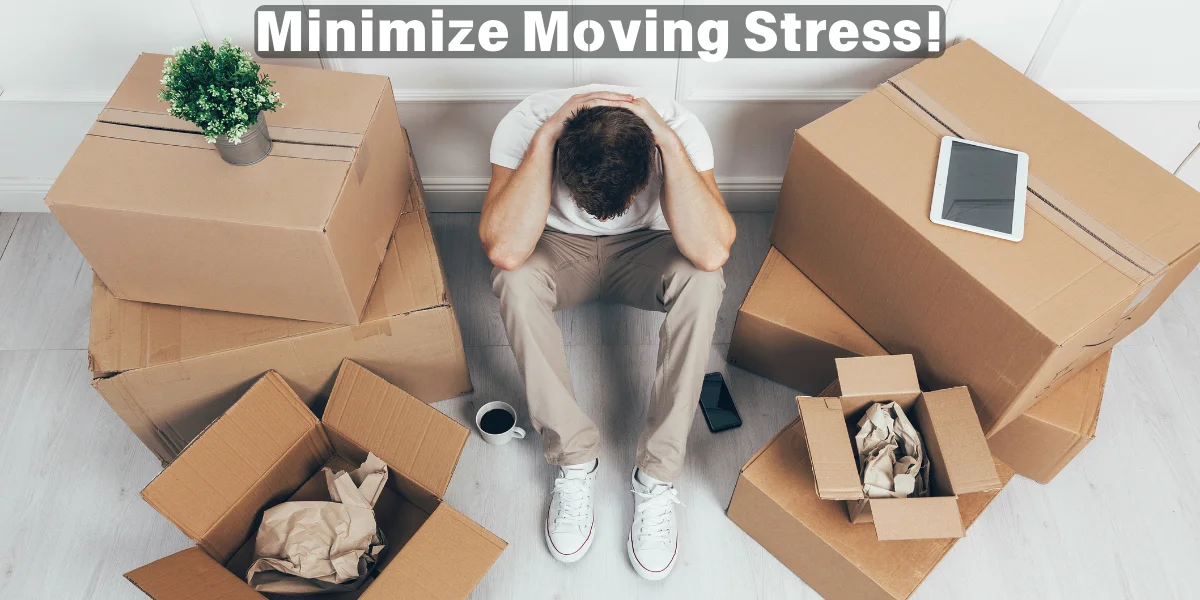
Relocating can be a stressful experience, but knowing your pots and pans are packed securely can alleviate some of that stress. You can have peace of mind during the move, knowing that your kitchen essentials are protected and well-organized.
Some pots and pans, especially non-stick or ceramic cookware, require special care to maintain their quality. Proper packing ensures they won’t be scratched or damaged, preserving their non-stick surfaces and prolonging their lifespan.
When pots and pans are not packed properly, they can shift and collide with other items in the moving boxes. This can lead to damage not only to the kitchenware but also to other belongings, such as delicate glassware or electronics.
Learning how to pack pots and pans for moving ahead of time allows you to plan and prepare efficiently. You won’t have to rush or make hasty decisions on a moving day, reducing the likelihood of mistakes or accidents.
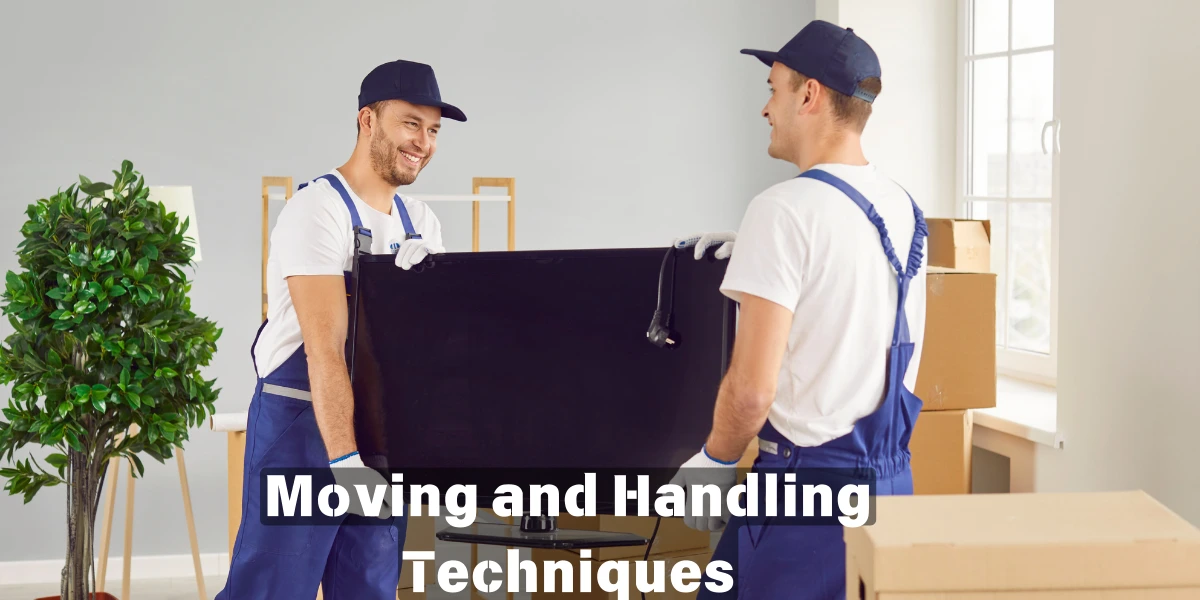
If you hire professional movers, knowing how to pack pots and pans properly allows you to communicate clearly with them. Properly labelled boxes and explicit instructions on fragility ensure that movers handle these items with the care they require.
Moving house? Don’t worry! Easy Way Removal is here to help. We offer reliable house removals in London with a special 10% discount on full house moves. Our team of insured professionals will handle everything with care and efficiency. Your satisfaction is our priority, and we work hard to make your move stress-free. Trust us for a smooth transition to your new home in London. Let us take care of the hard work so you can relax and enjoy your move!
In essence, mastering “how to pack pots and pans for moving” is a game-changer for a successful relocation. Armed with our power-packing guide, you can safeguard your cherished kitchen essentials, prevent damage, and save time during the unpacking process. So, embrace the packing process with confidence, and let your pots and pans arrive at your new home in pristine condition. Happy moving and bon appétit in your new kitchen!
Keep heavy pots and pans in deep drawers for effective storage. They offer ample space, easy access, and room for organizational tools like risers and dividers.
When packing dishes, use dish pack boxes or small boxes (not exceeding 45 pounds) to avoid breakage. Pack plates vertically instead of horizontally to reduce the risk of shattering during the move.
Yes, you can use bubble wrap to pack dishes, but clean foam wrap or blank newsprint are better choices as they take up less space and won’t leave black streaks on the dishes during the move.




